MIGABON (미가본)
4.9Km 2021-03-18
56, Myeongdong-gil, Jung-gu, Seoul
+82-2-752-0330
This is a Korean cuisine located in Myeong-dong, Seoul. A famous restaurant among Japanese tourists. The representative menu is wild pine mushroom and abalone porridge.
Gang Ho Dong BAEKJEONG Myeongdong(강호동백정 명동)
4.9Km 2020-10-29
1F, 19-3, Myeongdong, 10-gil, Jung-gu, Seoul
+82-2-777-6780
A Korean BBQ restaurant. The best menu at this restaurant is grilled skin-on pork belly. This is a Korean cuisine located in Myeongdong Cathedral, Seoul.
ABC-Mart - Myeong-dong 3(sam)beon-ga [Tax Refund Shop] (ABC마트 ST명동3번가)
4.9Km 2024-04-17
41, Myeongdong 10-gil, Jung-gu, Seoul
-
Louis Bon - Myeong-dong Branch [Tax Refund Shop] (루이본 명동)
4.9Km 2024-04-22
#101, 37, Toegye-ro 20-gil, Jung-gu, Seoul
-
Myeongdong Kyoja (명동교자)
4.9Km 2024-03-25
29 Myeongdong 10-gil, Jung-gu, Seoul
+82-2-776-5348
Since 1970, Myeongdong Kyoja has been a staple in Myeongdong for its kalguksu (noodle soup), believed to be the progenitor of the Myeongdong-style kalguksu known for its rich broth and delicious gyoja (mandu). The restaurant's hallmark dish, kalguksu, features handmade noodles served in a deep, flavorful broth. In addition to its famous noodle soup, other beloved dishes include mandu and bibim guksu (spicy noodles).
Kuukuu Myeong-dong(쿠우쿠우 명동)
4.9Km 2020-11-25
55 Myeongdong-gil Jung-gu Seoul
+82-2-753-1230
This is a place that sells a variety of sushi and salads. The best menu at this restaurant is sushi. This Japanese (cuisine) restaurant is located in Jung-gu, Seoul.
Wellness Pharmacy [Tax Refund Shop] (웰리스약국)
4.9Km 2024-04-19
51, Myeongdong 10-gil, Jung-gu, Seoul
-
Wellness Pharmacy [Tax Refund Shop] (웰니스약국)
4.9Km 2024-06-27
51, Myeongdong 10-gil, Jung-gu, Seoul
-
Gyeongbokgung Palace Jagyeongjeon Tea Ceremony (경복궁 자경전 다례체험행사)
4.9Km 2020-03-12
161, Sajik-ro, Jongno-gu, Seoul
• 1330 Travel Hotline: +82-2-1330 (Korean, English, Japanese, Chinese) • For more info: +82-2-3210-4683
This traditional tea ceremony experience takes place at Jagyeongjeon Hall in Gyeongbokgung Palace every Saturday and Sunday. Participation is by reservation on a first come, first serve basis.
The ceremony includes a tea culture demonstration and experience, making honey cakes, traditional etiquette introduction, and lectures related to tea culture. To participate in the tea ceremony, download the application form from the Korea Cultural Heritage Foundation website and submit the form through email.
Palace Royal Guard Changing Ceremony (수문장 교대의식)
4.9Km 2025-07-11
161 Sajik-ro, Jongno-gu, Seoul
+82-2-3210-1645
In the Joseon dynasty, the royal guards of the palace were gatekeepers who were responsible for guarding the the main gates of Gyeongbokgung Palace as well as the main gates of the city such as Heunginjimun Gate and Sungnyemun Gate. The royal guards worked in shift duties and were in charge of opening and closing Gwanghwamun Gate. Before the royal guard system was enforced in 1469, the palace gates were protected by soldiers of the central army. The Palace Royal Guard Changing Ceremony held at Gyeongbokgung Palace and the Gwanghwamun area reenacts the guard-changing procedure that took place during the Joseon dynasty, along with the reproduction of costumes and weapons, based on historical records.
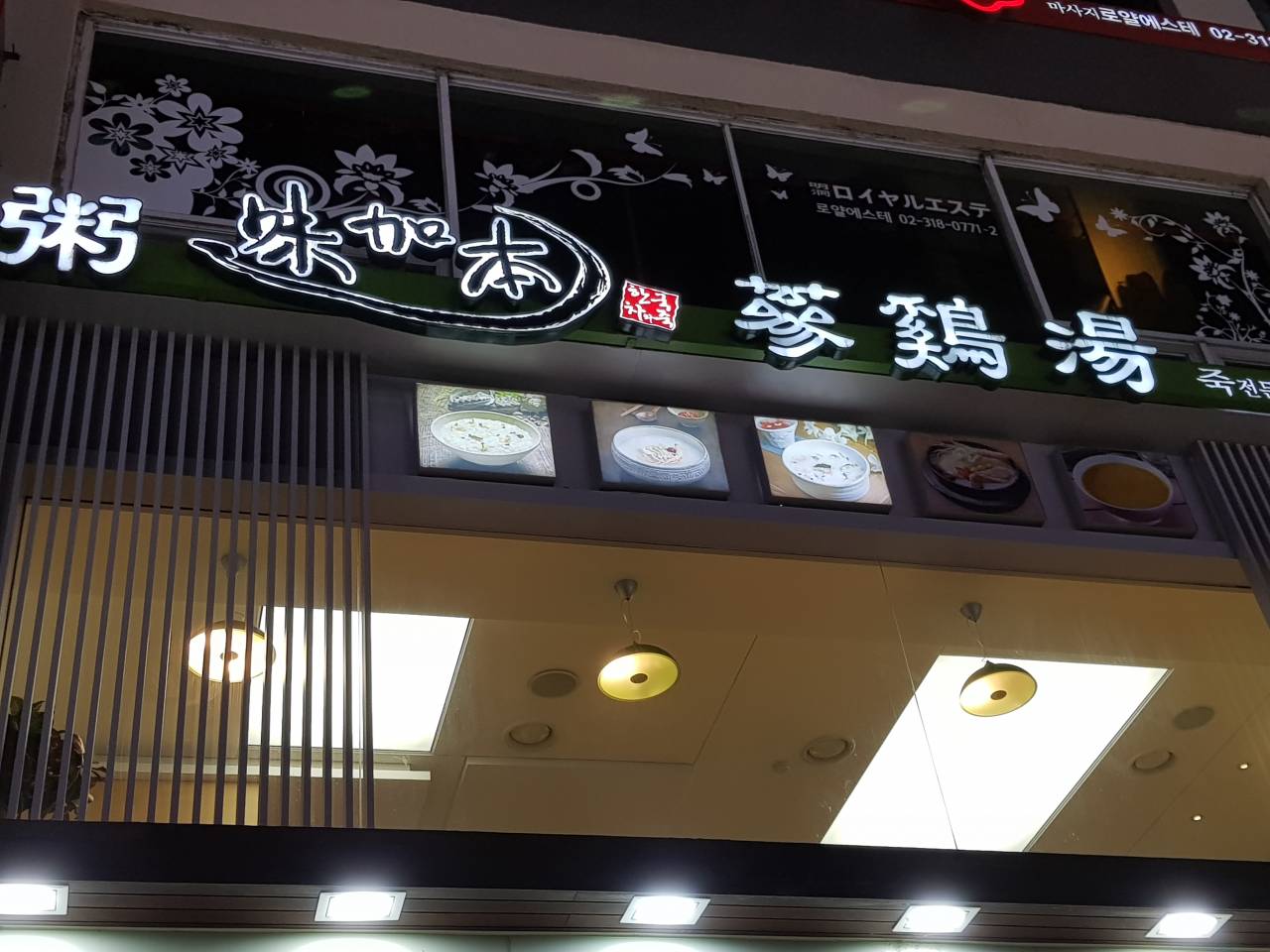
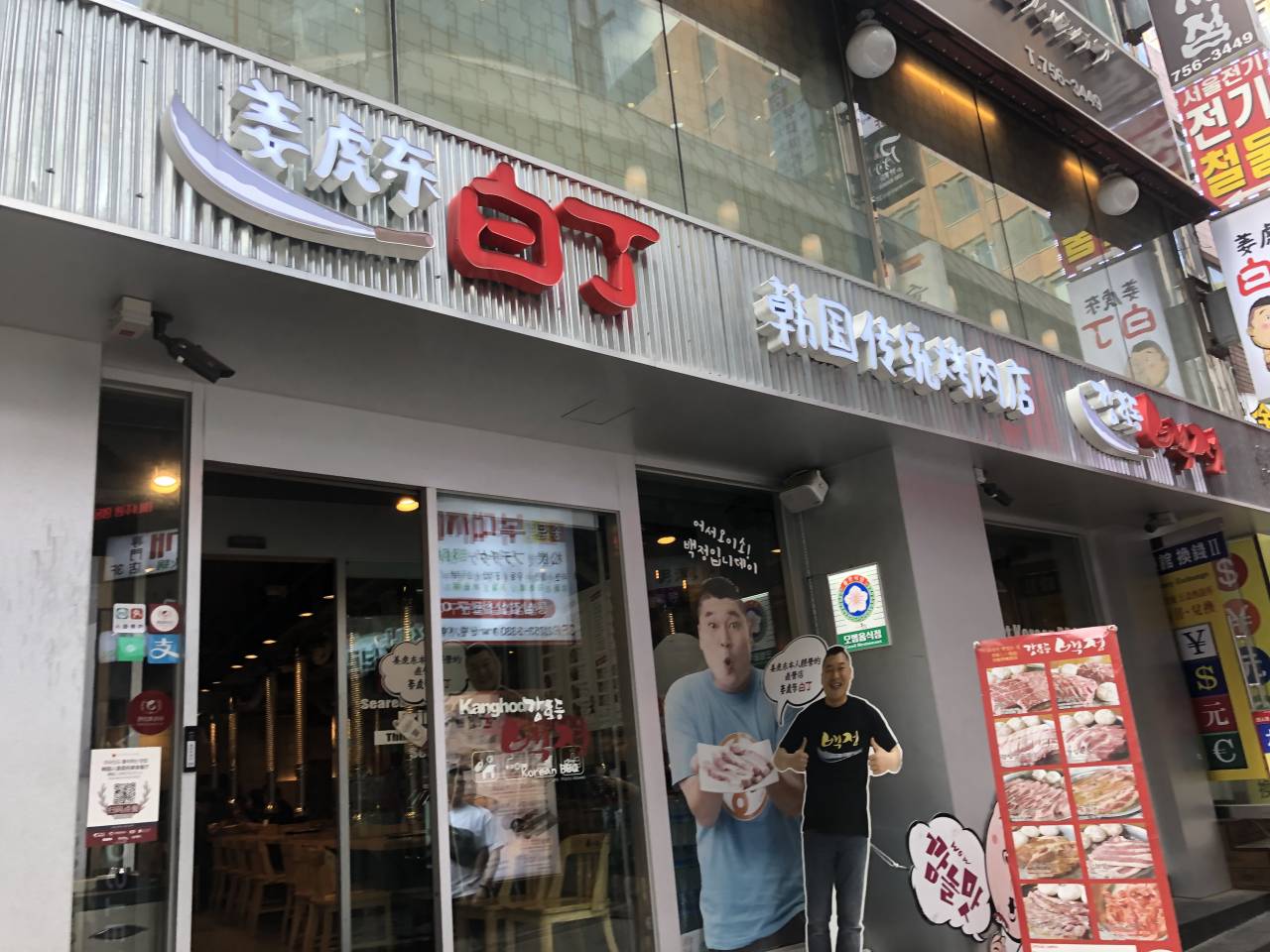
![ABC-Mart - Myeong-dong 3(sam)beon-ga [Tax Refund Shop] (ABC마트 ST명동3번가)](http://tong.visitkorea.or.kr/cms/resource/50/2878650_image2_1.jpg)
![Louis Bon - Myeong-dong Branch [Tax Refund Shop] (루이본 명동)](http://tong.visitkorea.or.kr/cms/resource/50/2889050_image2_1.jpg)
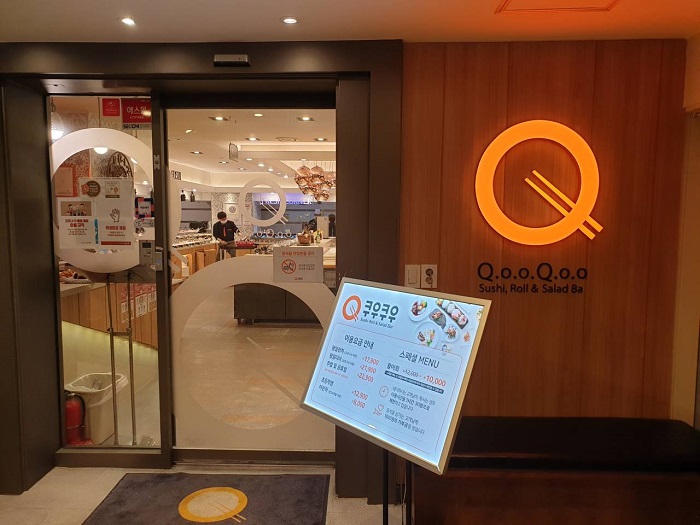

![Wellness Pharmacy [Tax Refund Shop] (웰니스약국)](http://tong.visitkorea.or.kr/cms/resource/54/2878654_image2_1.jpg)
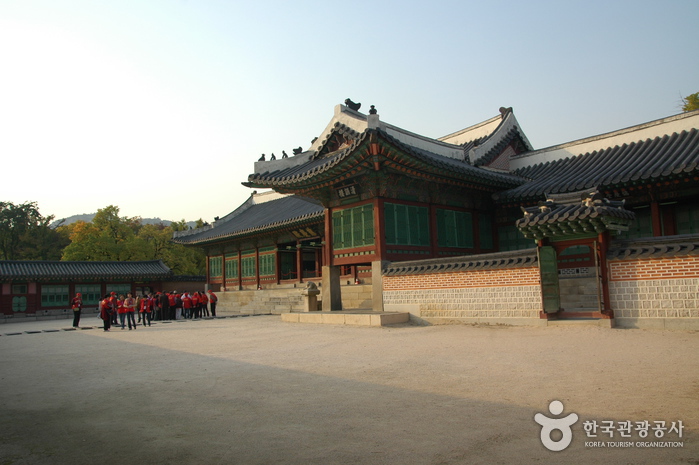
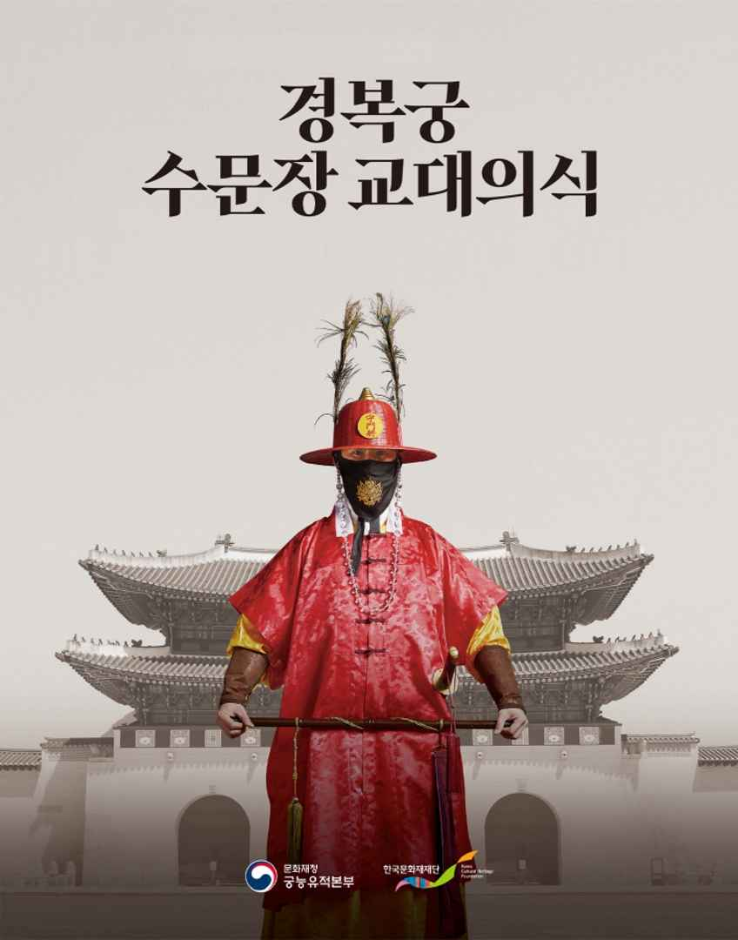
 English
English
 한국어
한국어 日本語
日本語 中文(简体)
中文(简体) Deutsch
Deutsch Français
Français Español
Español Русский
Русский